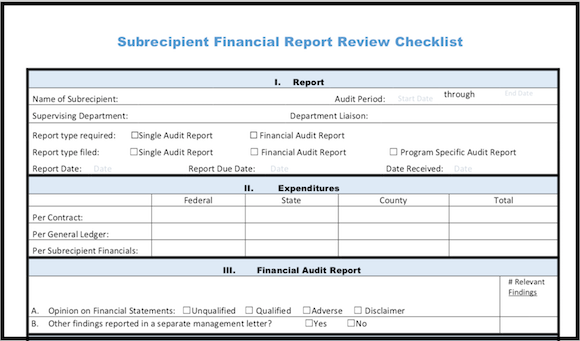|
Capital assets are defined as all tangible and intangible assets used in operations that have useful lives greater than one year. Capital assets are the largest asset on most governments’ statements of net position. Although large in dollar amount, the accounting and internal controls related to capital assets have not historically received the same level of attention in the government sector as in private industry. This is mostly due to two reasons:
Accordingly, governments did not historically put substantial effort into tracking capital assets. Physical inventories of capital assets were seldom done. Now that capital assets are recorded in the entity-wide financial statements, governments and auditors are giving capital assets more attention. Particularly, auditors are delivering audit findings such as:
Following is a list of the primary internal controls that a government should have in place to properly account for its capital assets:
By incorporating these internal controls into your government’s processes, you can ensure that capital assets are more properly accounted for.
Please also visit our Resources page for a collection of all of our attachments and templates, as well as a link to a recent presentation for inventorying capital assets.
If you have more questions related to government capital assets, feel free to reach out to Kevin directly:
Kevin Harper, CPA kharper@kevinharpercpa.com (510) 593-503
If you'd like to get more free tips, as well as downloadable tools and templates for your agency, please join our mailing list here!
(We’ll send you a monthly curated selection of our blog posts. You can unsubscribe at any time.) |
The Government Finance and Accounting BlogYour source for government finance insights, resources, and tools.
SEARCH BLOG:
Meet the AuthorKevin W. Harper is a certified public accountant in California. He has decades of audit and consulting experience, entirely in service to local governments. He is committed to helping government entities improve their internal operations and controls. List of free Tools & Resources
Click here to see our full list of resources (templates, checklists, Excel tools & more) – free for your agency to use. Blog Categories
All
Need a Consultation?Stay in Touch! |
Search Across Entire Site:
HELPFUL LINKS:
|
461 2nd Street, #302
San Francisco, CA 94107 (510) 593-5037 KHarper@kevinharpercpa.com |




 RSS Feed
RSS Feed